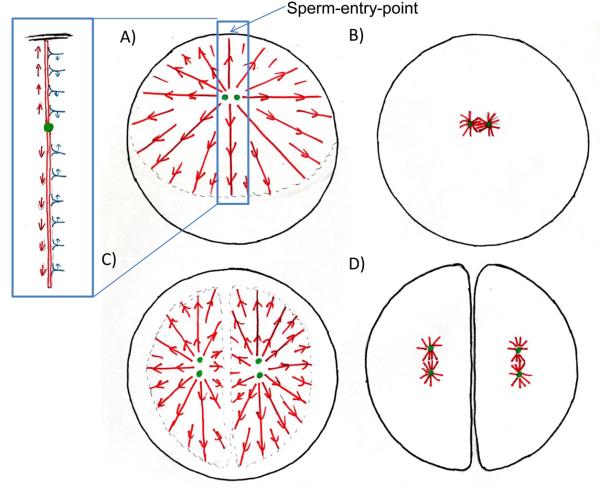Figure 4. Model for cleavage plane determination in large cells.
Astral microtubules (red) pull with dynein (blue) on cytoplasm to determine center and longest axis for cell division. A) Sperm enters at periphery. Cellular boundary causes asymmetry in sperm aster. Numbers of dynein bound is proportional to microtubule length resulting in net force on centrosome towards cell's center, but strongest stress on duplicated centrosomes (green) is perpendicular to movement. B) Sperm aster breaks down, small first mitotic spindle forms. C) At onset of anaphase asters expand but do not grow into each other. The microtubules free interaction zone between them generates the asymmetry in the aster leading to a net force on the pair of centrosomes towards the future centers of the daughter cells. The forces on the individual centrosomes cause the largest stress perpendicular to this movement resulting in the alignment of the linked centrosomes with the aster's longest axis. D) The cytokinetic furrow divided the cell into two, where the telophase asters overlapped, cutting through the sperm-entry -point. Asters break down; small mitotic spindles form at center and along longest axis of daughter cells. (See also Fig. S4)

